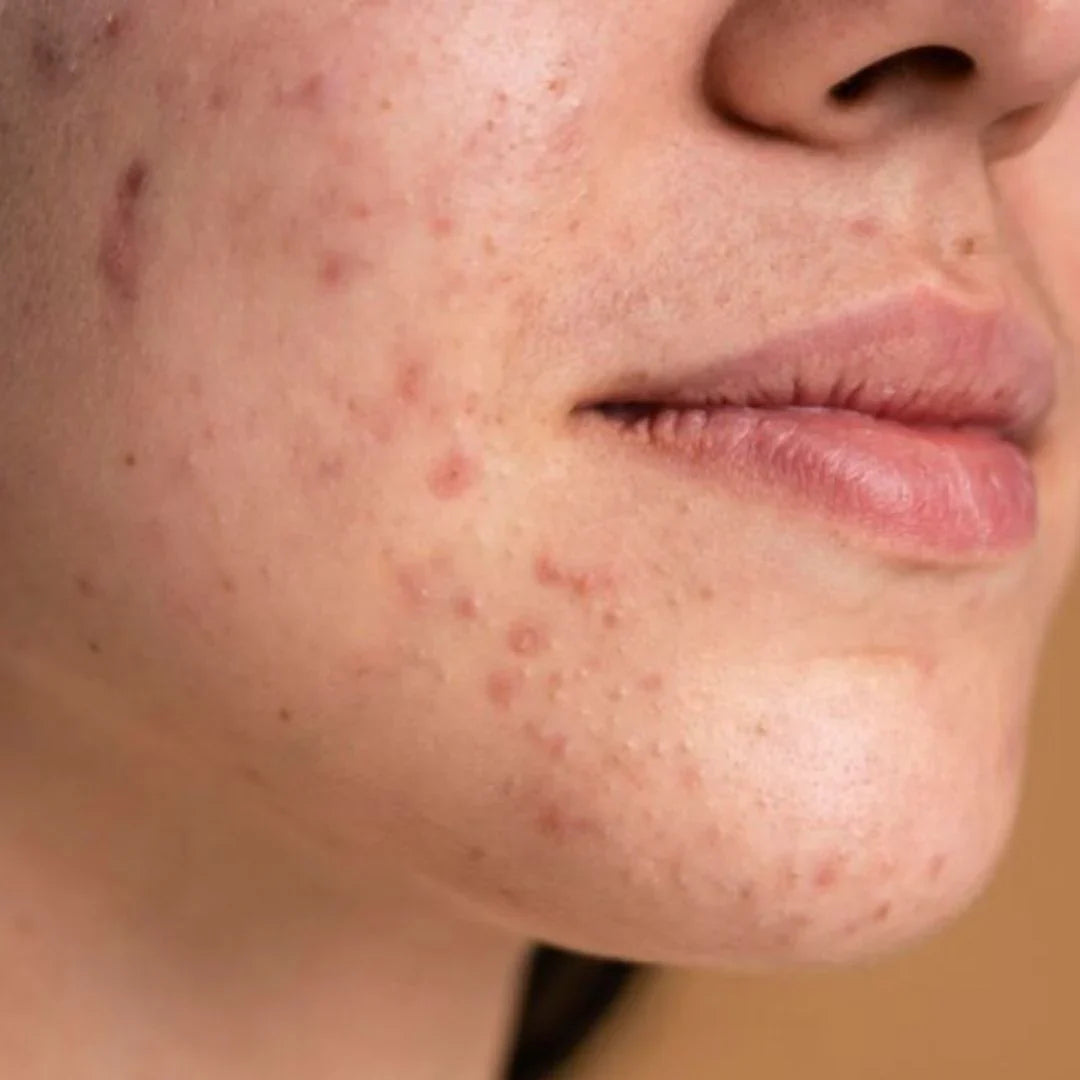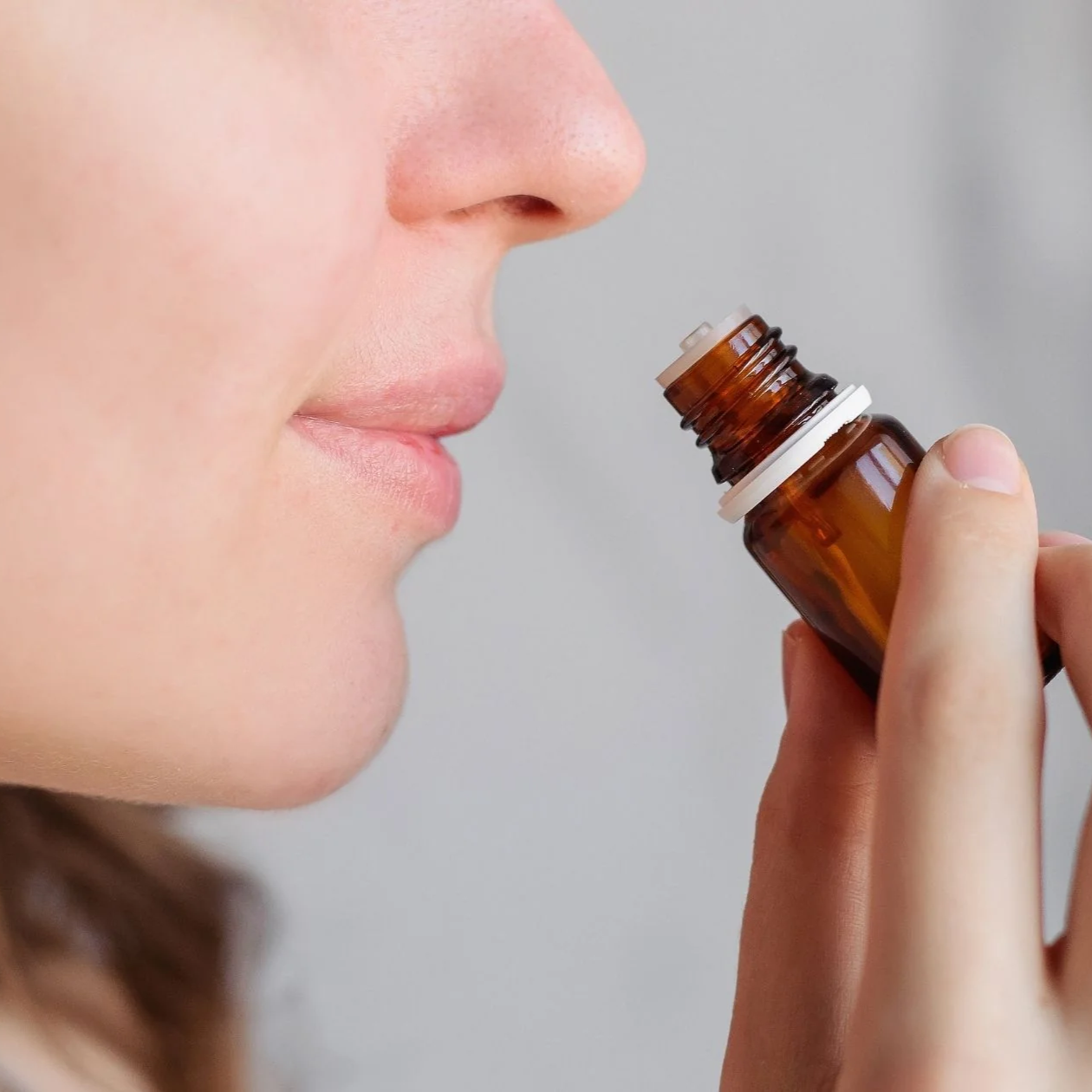The Difference Between Dry and Dehydrated Skin

If your skin feels tight, flaky or dull, it might be easy to assume you have dry skin. But what many people do not realise is that these symptoms can also point to dehydrated skin. While the two conditions can look and feel similar, they are actually quite different and need to be treated in different ways.
Knowing whether your skin is dry or dehydrated can make a huge difference in choosing the right products and treatments. Let’s break it down.
What Is Dry Skin?
Dry skin is a skin type, which means it is something you are naturally born with. It is caused by a lack of oil or sebum in the skin. People with dry skin often have smaller pores, a rougher texture and may be prone to flaking, redness and irritation. Their skin does not produce enough natural oil to keep it soft and smooth.
Dry skin tends to be a year-round condition and usually affects the whole face. You cannot change your skin type, but you can manage it with the right care.
What Is Dehydrated Skin?
Dehydrated skin is a skin condition, not a skin type. It means your skin is lacking water, not oil. This can happen to any skin type including oily or combination skin. Dehydrated skin can feel tight or sensitive and may look dull or tired. You might also notice more fine lines or creasing, especially when you smile or move your face.
Unlike dry skin, dehydration is often temporary and can be caused by things like weather, air conditioning, stress, not drinking enough water, or using harsh products.
How to Tell the Difference
Here are a few signs that can help you work out whether your skin is dry or dehydrated:
-
Texture: Dry skin may feel rough and flaky. Dehydrated skin feels tight and may look dull.
-
Oil levels: Dry skin produces little to no oil. Dehydrated skin can still be oily or have breakouts.
-
Fine lines: Dehydrated skin often shows more fine lines due to a lack of water. These are different from deeper wrinkles caused by ageing.
-
Reactivity: Both dry and dehydrated skin can feel sensitive, but dehydrated skin tends to be more reactive and can become red or inflamed easily.
How to Treat Dry Skin
For dry skin, your focus should be on restoring moisture and supporting the skin barrier. Look for products rich in nourishing oils, ceramides and fatty acids. Use a gentle cream cleanser and follow with a thick moisturiser to seal in hydration. Avoid stripping products and over-exfoliating.
How to Treat Dehydrated Skin
If your skin is dehydrated, the goal is to increase its water content. Hydrating serums with ingredients like hyaluronic acid, glycerin or aloe vera are key. Always follow a hydrating serum with a moisturiser to lock in the water. Drinking plenty of water and avoiding caffeine or alcohol can also help from the inside out.
Can You Have Both?
Yes, absolutely. You can have dry skin that is also dehydrated. In this case, your skin lacks both oil and water. The best approach is to combine hydrating ingredients with nourishing moisturisers to address both issues.
Understanding the difference between dry and dehydrated skin is the first step in giving your skin exactly what it needs. If you are ever unsure, book in for a professional skin consultation. A trained skin therapist can assess your skin properly and recommend the right treatments and products to get you glowing again.




